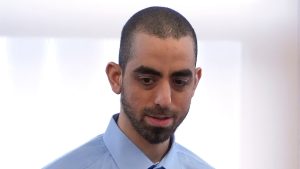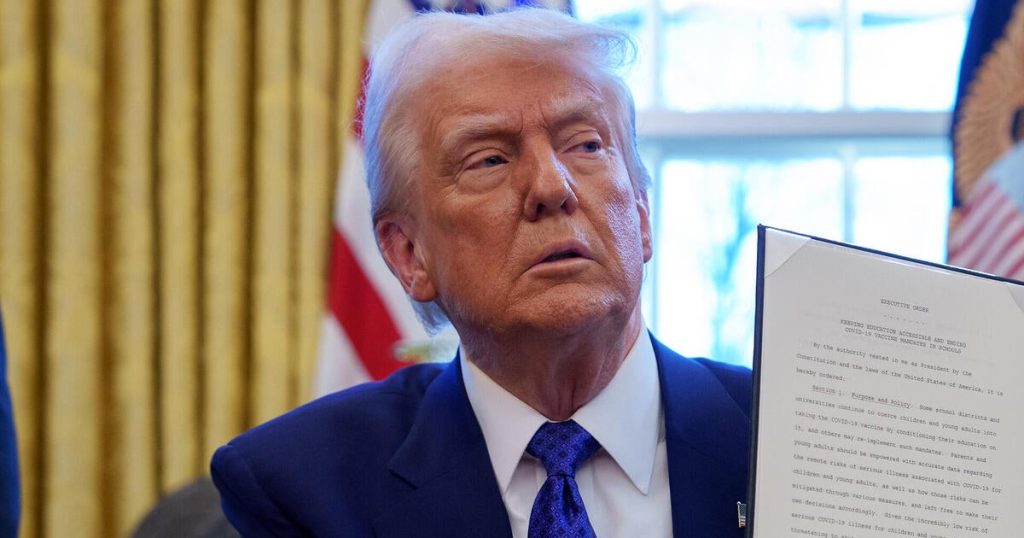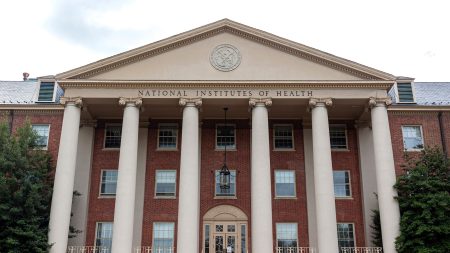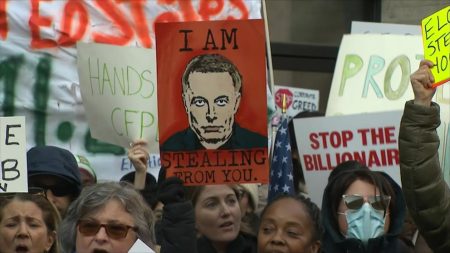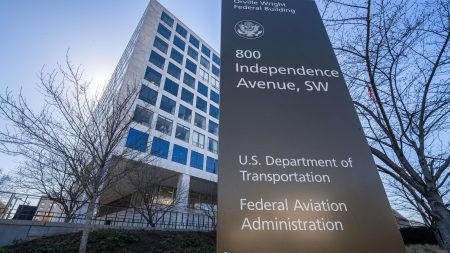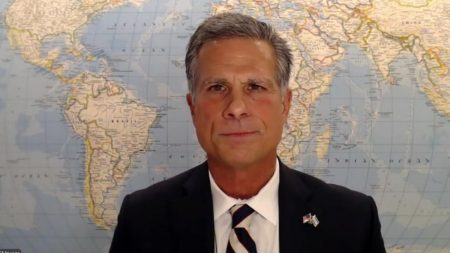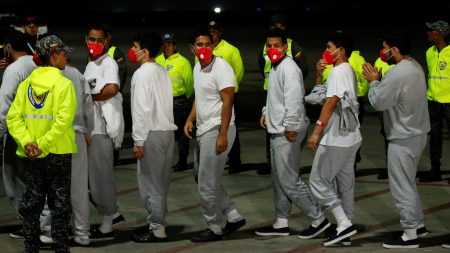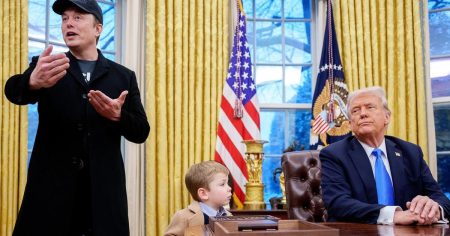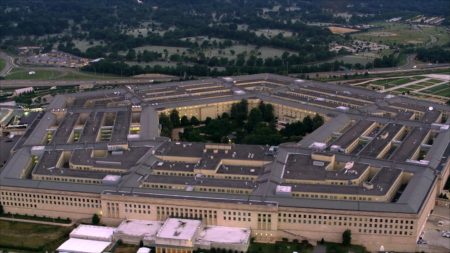A High-Stakes Battle Over Executive Power: The Supreme Court Weighs In
The U.S. Supreme Court has temporarily declined to intervene in President Donald Trump’s efforts to remove Hampton Dellinger, the head of the Office of Special Counsel (OSC), an independent federal agency tasked with protecting whistleblowers and enforcing the Hatch Act. In a brief, unsigned decision, the Court deferred a ruling on Trump’s request to lift a lower court order that has reinstated Dellinger until February 26, when the order is set to expire. Justices Sonia Sotomayor and Ketanji Brown Jackson indicated they would deny Trump’s request for emergency relief, while Justices Neil Gorsuch and Samuel Alito dissented, arguing that the Court should have taken a closer look at the lower court’s decision. This case represents one of the first major legal challenges to Trump’s actions since his return to the White House and highlights the ongoing tensions between the executive branch and the judiciary over issues of constitutional authority and the separation of powers.
The Firing of Hampton Dellinger and the Legal Fight That Followed
The dispute began when Trump moved to fire Dellinger, who was appointed by former President Joe Biden and confirmed by the Senate in February 2024 to a five-year term as the head of the OSC. On February 7, Dellinger received an email from the White House Presidential Personnel Office informing him that his position was terminated, effective immediately. Dellinger quickly challenged his removal in federal district court, arguing that the firing was unlawful under federal law, which limits the president’s ability to remove the head of the OSC to cases involving "inefficiency, neglect of duty, or malfeasance in office." U.S. District Judge Amy Berman Jackson swiftly intervened, issuing a temporary restraining order (TRO) that reinstated Dellinger and prevented Trump from removing him while the case was being considered. The TRO was set to expire on February 26, with a hearing scheduled for that day to determine whether a preliminary injunction should be issued.
The Justice Department, on behalf of the Trump administration, appealed the district court’s decision to the U.S. Court of Appeals for the District of Columbia Circuit. However, in a divided 2-1 ruling, the D.C. Circuit declined to intervene, stating that the TRO was not appealable at this stage. The court noted that the case raised "weighty constitutional issues" but emphasized the importance of allowing the district court to fully consider the matter before any higher-level review. Judge Gregory Katsas, a Trump appointee, dissented from the decision, arguing that the TRO should be reviewed due to its significant implications for executive authority.
The Supreme Court’s Decision and the Broader Implications
Trump then turned to the Supreme Court, urging it to step in and overturn the district court’s order. In a filing, acting Solicitor General Sarah Harris argued that the case presented an "unprecedented assault on the separation of powers," as no court in U.S. history had ever issued an injunction forcing a president to retain an agency head they wished to remove. Harris contended that the district court’s order violated Article II of the Constitution, which grants the president the authority to oversee the executive branch, including the power to remove the heads of agencies at will. She also warned that allowing the order to stand would set a dangerous precedent, undermining the president’s ability to manage the executive branch effectively.
Dellinger’s legal team, however, pushed back against the Trump administration’s arguments, urging the Supreme Court to exercise restraint and allow the lower courts to resolve the matter. They emphasized that the TRO was a temporary measure aimed at preserving the status quo while the case was being litigated and that it was too early for the high court to intervene. Dellinger’s lawyers also highlighted the broader implications of the case, warning that granting Trump’s request for emergency relief would create a "rocket docket" for similar challenges, potentially overwhelming the Court with high-stakes emergency litigation.
Dissenting Voices and the Split Over JudicialAuthority
Justices Gorsuch and Alito, in their dissent, echoed the Trump administration’s concerns about judicial overreach. Gorsuch, writing for the two justices, criticized the district court’s TRO as effectively functioning as a preliminary injunction, which is appealable. He argued that the order should be reviewed to ensure it complies with the law and does not improperly infringe on the president’s constitutional authority. Gorsuch also expressed skepticism about the lower courts’ approach to the case, suggesting that they were failing to properly balance the interests of the parties involved.
In contrast, Justices Sotomayor and Jackson, who would have denied Trump’s request, appeared to agree with the lower courts’ assessments that the TRO was a necessary and appropriate measure to preserve the status quo while the case was being litigated. Their decision aligns with the historical reluctance of the Supreme Court to intervene in ongoing litigation before lower courts have had the opportunity to fully consider the issues.
The Wider Context: Trump’s Efforts to Reshape the Federal Government
Dellinger’s firing is part of a broader effort by Trump to overhaul the federal government and reduce its size and spending. Since returning to office, Trump has taken aggressive steps to assert control over the executive branch, including the removal of the heads of several independent agencies, such as the National Labor Relations Board and the Merit Systems Protection Board, as well as the firing of more than a dozen agency watchdogs. These actions have sparked numerous legal challenges, with opponents arguing that they violate federal laws and constitutional safeguards designed to protect independent agencies from political interference.
In addition to these personnel changes, Trump has introduced a "deferred resignation" program, which allows federal employees to resign their positions but retain full pay and benefits until September 30. Roughly 75,000 federal workers have accepted the offer, a move critics argue is designed to shrink the federal workforce and weaken government institutions. The legal battles over Dellinger’s firing and other similar cases are likely to set important precedents for the balance of power between the executive branch and the judiciary, as well as the role of independent agencies in the federal government.
The Road Ahead: Ongoing Legal Battles and the Future of Executive Power
The Supreme Court’s decision to defer a ruling on Trump’s request for emergency relief does not mark the end of the legal battle over Dellinger’s firing. With the district court set to consider whether to issue a preliminary injunction on February 26, the case is likely to remain in the headlines for weeks to come. Meanwhile, the Court will almost certainly face additional requests for emergency intervention in other cases arising from Trump’s actions, as opponents of the president’s policies challenge his decisions in courts across the country. These cases will test the limits of executive authority and the judiciary’s role in balancing the competing interests of the different branches of government.
Ultimately, the outcome of this and similar cases will have far-reaching implications for the separation of powers and the future of the federal government. As the Supreme Court considers these issues, its decisions will shape the boundaries of presidential authority, the independence of federal agencies, and the ability of the judiciary to check executive overreach. For now, the temporary reinstatement of Hampton Dellinger serves as a reminder of the ongoing tension between the Trump administration and the courts, as well as the complex legal and constitutional questions at stake.
